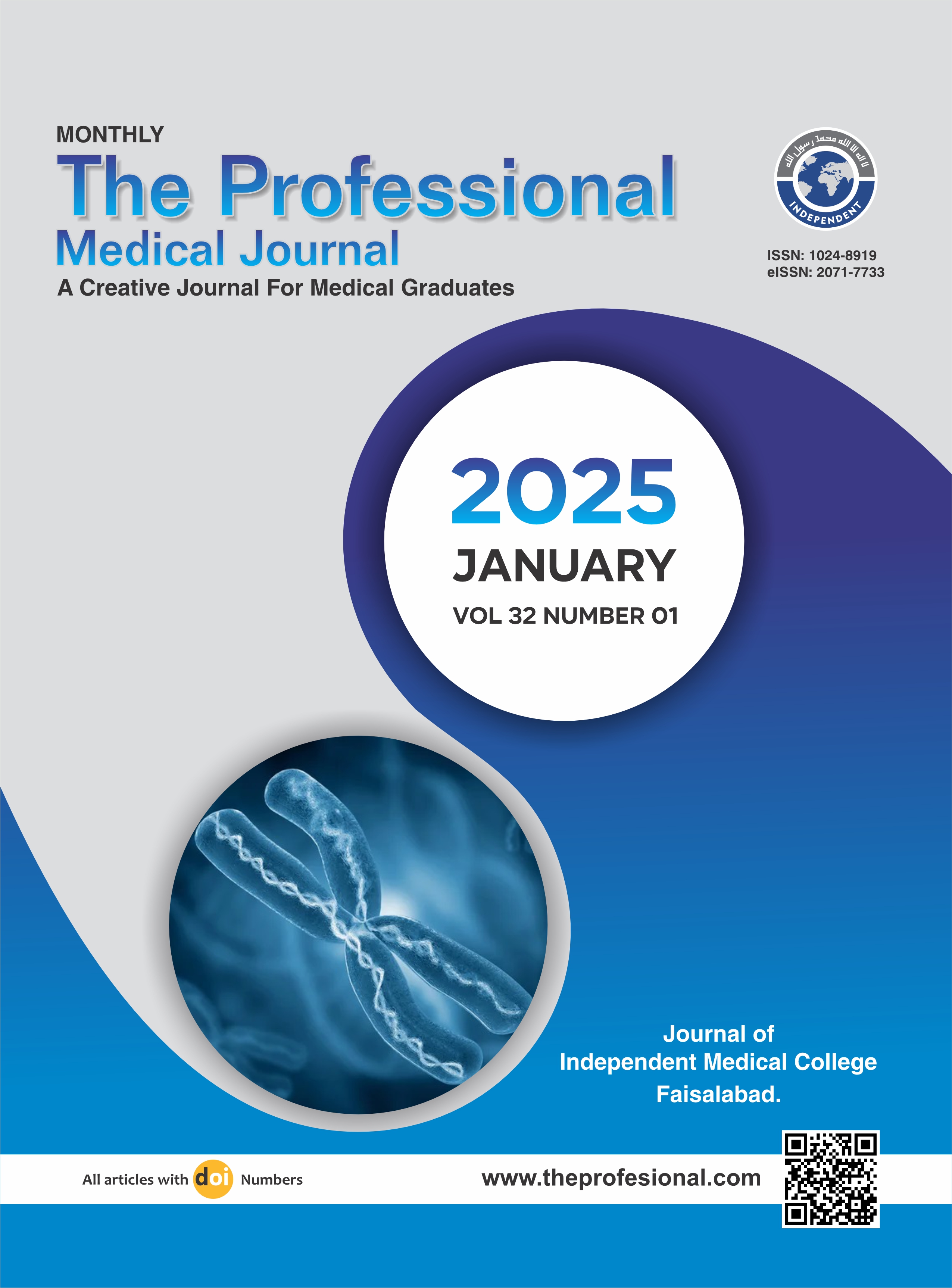Relative Efficacy of Magnetic Resonance Cholangiopancreatography (MRCP) versus Ultrasound (USG) in detection of obstructive jaundice.
DOI:
https://doi.org/10.29309/TPMJ/2025.32.01.8331Keywords:
Diagnostic Accuracy, MRCP, Obstructive Jaundice, Sensitivity, USGAbstract
Objective: To compare the relative efficacy of Magnetic Resonance Cholangiopancreatography (MRCP) versus ultrasound (USG) in detection of obstructive jaundice. Study Design: Prospective Cohort study. Setting: Department of Radiology, Pakistan Air Force Hospital, Islamabad. Period: September 2023 to March 2024. Methods: A total of 144 consecutive patients, irrespective of age and gender, with clinical and laboratory features of obstructive jaundice that were referred to the radiology department for further evaluation were included. All patients underwent USG followed by MRCP, and their findings were compared using surgery/histopathology/ERCP as the gold standard for the final diagnosis. Results: This study enrolled 144 patients with obstructive jaundice, split into two age groups: 18-50 years (47.22%) and 51-89 years (52.77%). The gender distribution includes 78 males (54.16%) and 66 females (45.83%). Common symptoms were jaundice (27.08%), weight loss (26.38%), abdominal pain (23.61%), and fever (22.91%). Among the patients, 65.28% were diagnosed with positive obstructive jaundice. Diagnostic comparison between ultrasound (USG) and magnetic resonance cholangiopancreatography (MRCP) showed MRCP's superior sensitivity (100%), specificity (90.91%), positive predictive value (96.67%), negative predictive value (100%), and diagnostic accuracy (97.50%) compared to USG. Conclusion: Obstructive jaundice slightly affects older adults more than younger individuals and shows a slight male predominance. The symptoms vary, necessitating comprehensive diagnostic approaches. MRCP outperforms USG in all diagnostic metrics, establishing it as a more reliable tool for accurately detecting obstructive jaundice. This underscores the need for accurate diagnostic and therapeutic strategies to manage this condition effectively.
Downloads
Published
Issue
Section
License
Copyright (c) 2024 The Professional Medical Journal

This work is licensed under a Creative Commons Attribution-NonCommercial 4.0 International License.


